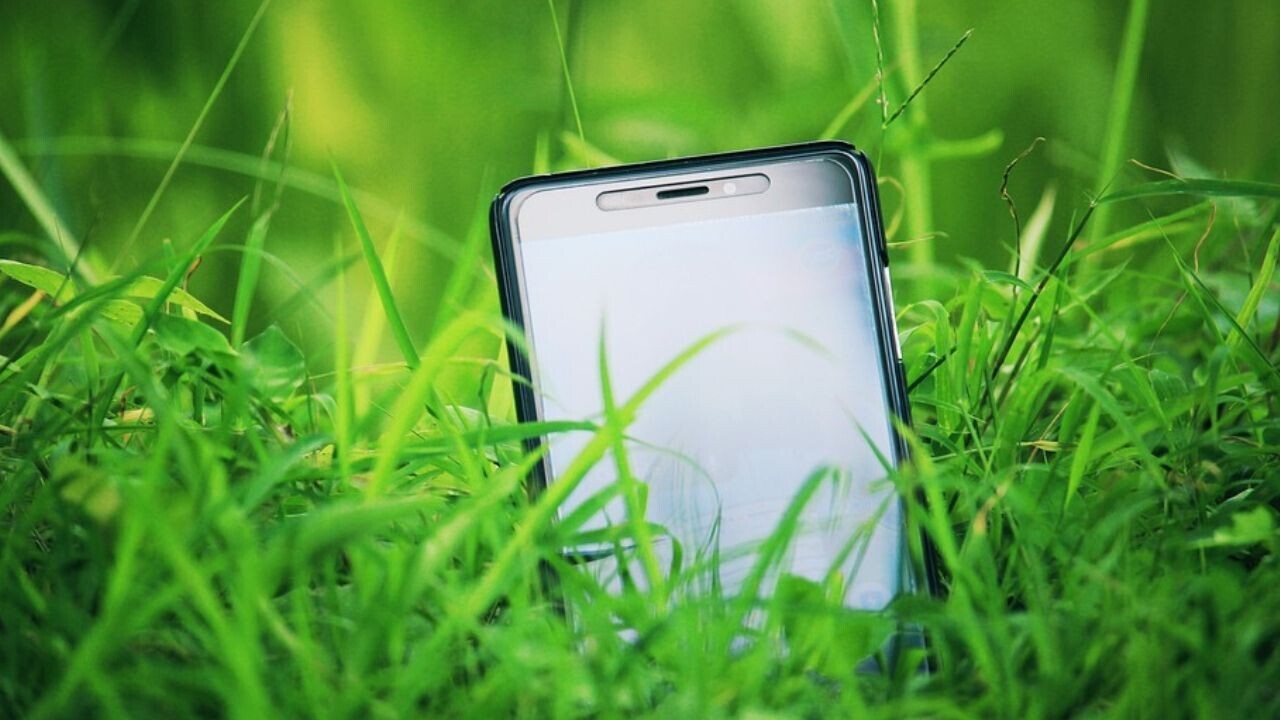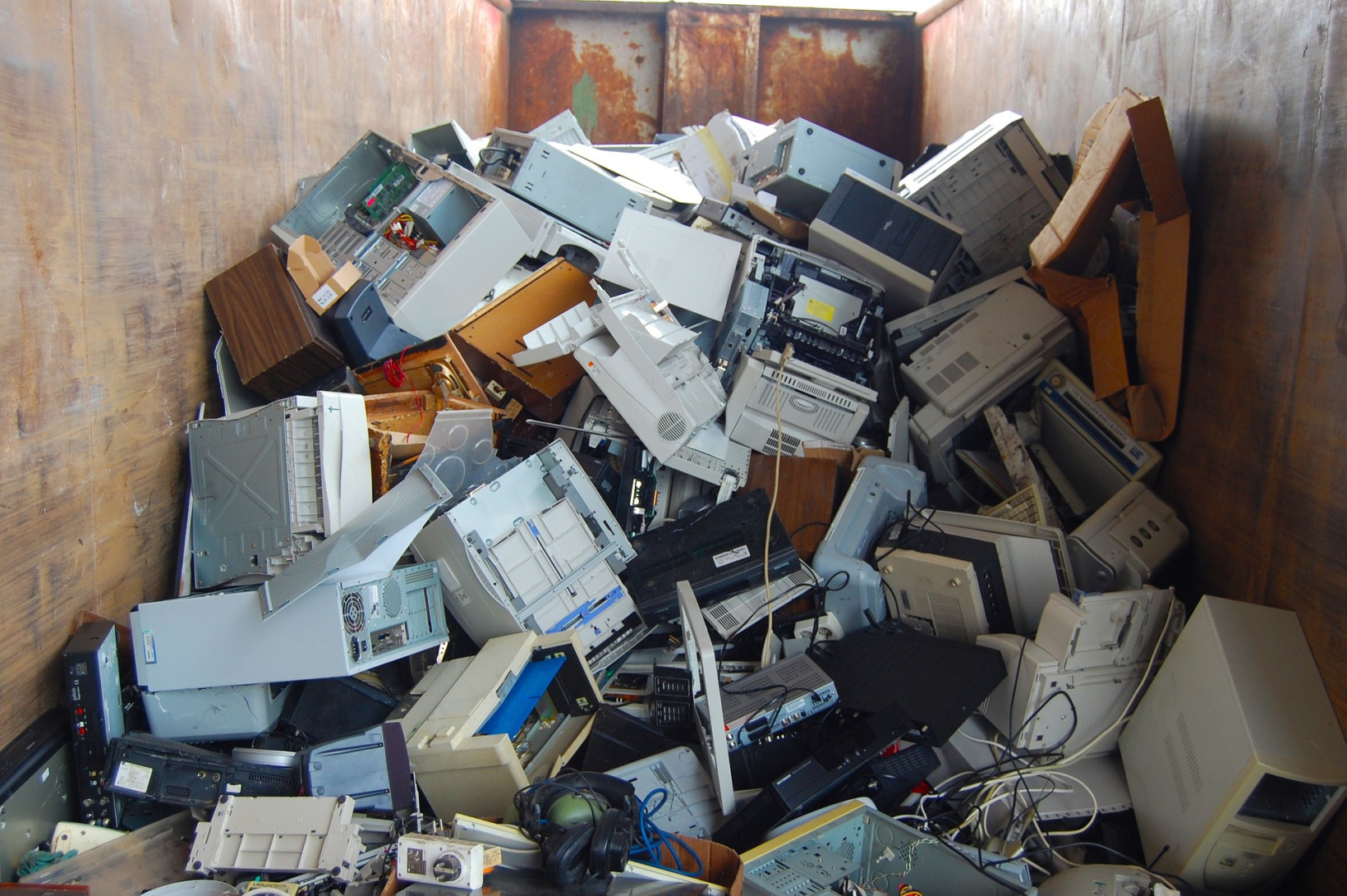
Did you know that the world is predicted to produce more than 50 million metric tons of e-waste this year? And, according to the latest statistics, less than 20% of this is recycled properly, meaning that huge amounts end up in landfills.
Gadgets play a big part in this. Just consider that 5.3 billion smartphones are expected to be thrown away in 2022.
But here’s the good news: gadgets will get more sustainable in 2023, and that’s all thanks to the emerging trend of circularity.
“In major markets such as Europe, consumers are looking for more durable, long-lasting products,” Stanton Thomas, Senior Vice President, Sustainability Solutions at o9 Solutions, told TNW.
More durable products will likely result in fewer sales over time due to “lower replacement rates.” This is something that manufacturers will need to accommodate in their business models, as these types of economic trade-offs — Stanton explained — are expected to mark “the transition to a sustainable, circular economy.”

According to Matthew Cockerill — an innovation consultant — manufacturers are already starting to focus on making their tech products last longer. And that’s because of three reasons: pressure from advocacy groups, changes in customer behavior, and recent legislation regarding the right to repair in Europe.
As Cockerill noted, this explains Samsung’s and Google’s partnership with iFixit to supply spare parts, and Apple’s rollout of the Self Service Repair Store for its products.
“Moving forward, these forces will start to shape the very architecture of our technology products and how they are sold, maintained, and regenerated, whilst also changing our attitudes to some of our established technology products,” he told TNW.
This, he believes, will turn some of “our established tech products” into “product classics,” which will maintain their “validity” and “desirability” for up to ten years — instead of being disposed of, or prematurely recycled.
The further we get into next year, the more we’ll see these sort of schemes picking up, with companies trying to design their devices to last as long as possible.
But beyond durability and repair, there’s another big trend that will make gadgets more sustainable in 2023.
The opportunity in refurbishing
“Reselling gadgets to refurbishers elongates the life of technology, as they can then be professionally repaired and re-sold,” Thibaud Hug de Larauze, CEO and co-founder of Back Market — a Paris-based marketplace for refurbished devices — told TNW. This is because “recycling isn’t advanced enough yet” to save every part of a device.
In fact, consumer interest in refurbished devices is growing. A recent survey by Keany found that 28% of more than 5,000 consumers across Europe and North America would opt for a high-quality refurbished product over a lower-quality brand-new product. And the global refurbished electronics market is forecasted to advance at an annual 12.1% rate of compound growth between 2022 and 2031.

But while startups such Back Market and Swappie are among those that are currently leading the transition, big tech manufacturers are expected to follow suit.
So far a mindset focused on constant updates, new launches, and profit-making has kept such companies back, de Larauze explained. But this is changing.
“As the climate crisis continues, we are starting to see major players investing more in refurbishment, as sustainability starts to become a lynchpin for success,” he noted.
Making gadgets more sustainable in 2023 with remanufacturing
Beyond refurbishing, Peter Bragg — Canon’s EMEA Sustainability & Government Affairs Director — believes that remanufacturing is the “missing link” in circular economy practices.
While there’s a rising trend in refurbished tech products, consumers are still hesitant due to optimal performance expectations and the simple feeling of wanting something “new and shiny,” he told TNW. And this is where remanufacturing comes in.
Remanufacturing maintains as much of the old device as possible and it rebuilds it so as to perform as a new product, Bragg explained. It’s an improvement on refurbishing “through its focus on performance and extensive testing which ensures that consumers are receiving what is essentially a new product, as opposed to simply extending the life of an existing one.”
That way, it can also address consumer demand for new, high-quality products, while reducing their environmental impact.
Nevertheless, the responsibility for more sustainable gadgets falls on users as well. And the ways to contribute to limiting the amount of e-waste are simple: consider second-hand products, invest in those that are durable, and take care of your device so you can hold to it for longer.
Just imagine that by extending the life of our smartphones by a single year, we would save Europe as much CO2 emissions as taking two million cars off the road annually.
And, hopefully, with companies making more durable devices, the rise of refurbishing, and a renewed focus on remanufacturing, we can make our gadgets more sustainable in 2023.
Get the TNW newsletter
Get the most important tech news in your inbox each week.




